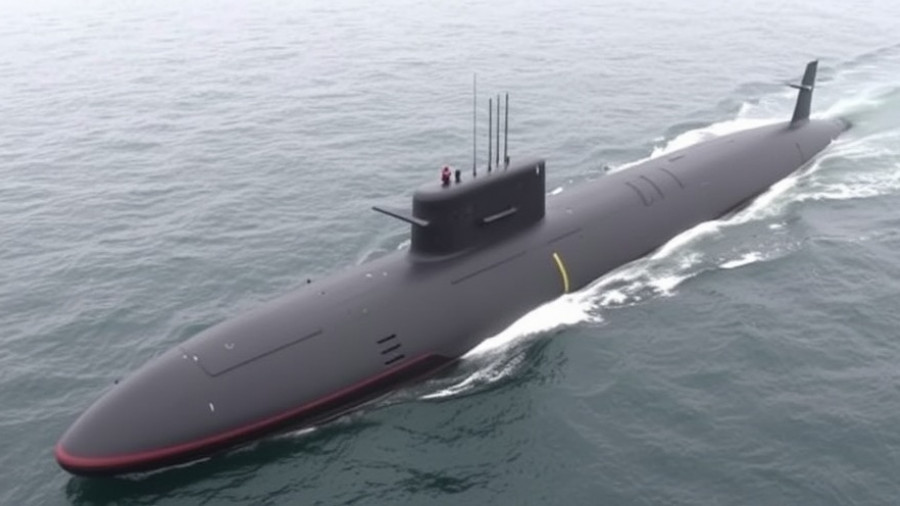
The Strategic Transfer: UK Sells Amphibious Capabilities to Pakistan
In a significant move impacting both the UK and Pakistan, the former Royal Navy's Landing Craft Air Cushion (Light) (LCAC(L)) hovercraft have been sold to the Pakistan Navy following refurbishment. The deal, confirmed by the UK’s Defence Equipment & Support (DE&S), sees three of these vessels transfer to Pakistan, enhancing their naval operational capabilities.
Value of the LCAC: What It Brings to Pakistan
Previously decommissioned from service due to budgetary constraints and evolving operational requirements, these hovercraft are crucial for operations that involve shallow waters. They are particularly versatile for tasks like coastal patrol, humanitarian assistance, and rapid deployment missions. Commodore Richard Whalley from DE&S emphasized that this transfer supports Pakistan in enhancing maritime security—imperative not only for national interests but also for regional stability.
The Dissolution of UK’s Amphibious Capability
The UK’s decision to retire its Albion-class amphibious assault ships in 2024 has marked a significant reduction in its amphibious operational capacity. This contraction reflects a broader trend where the UK's focus on high-tech capabilities has sidelined traditional naval strength. With plans for the Multi-Role Strike Ships not expected to materialize until the 2030s, the reliance on the few remaining Bay-class landing ship docks indicates a diminished capacity to respond to maritime challenges.
New Reality: Migration Concerns and Naval Limitations
Interestingly, the sale comes at a time when the UK grapples with an ongoing crisis of illegal migration across the English Channel. Just last week, approximately 703 migrants made the perilous journey, highlighting that the need for effective maritime operations to secure the UK’s waters remains critical. The LCAC hovercraft's capabilities might have provided an edge in surveillance and control over these waterways, amplifying the irony of their sale at a time when the UK's own needs are pressing.
Pakistan’s Growing Naval Ambitions
For Pakistan, acquiring these LCACs represents an important strategic upgrade. The Pakistan Navy has been actively modernizing its fleet to better address regional security issues, engage in humanitarian initiatives, and assist in disaster relief operations. This purchase demonstrates Pakistan's intent to bolster its navy as a formidable force in the region, effectively using the UK’s surplus military assets to enhance its maritime capabilities.
Reactions and Future Implications
The decision has sparked mixed reactions. Proponents argue it allows the UK to refocus resources on a leaner, more technologically advanced navy, while critics voice concerns regarding the implications of weaker amphibious capabilities amidst escalating global uncertainties. As relations and military partnerships evolve, such strategic sales may become more commonplace, reshaping international Naval dynamics.
The sale of the LCAC to Pakistan highlights a larger narrative of shifting military capabilities and strategic priorities. As nations like Pakistan seize opportunities to strengthen their naval forces, others must navigate the repercussions of reducing traditional defense capacities. This transitional phase invites broader discussions on how military resources are allocated and the enduring relationship between nations in a changing geopolitical landscape.
The shifting tides of military acquisitions provide a fascinating glimpse into how countries navigate their defense postures. As Pakistan welcomes its refurbished craft, the consequences of the UK’s decisions now come into sharper focus: a potential vacuum in capability and strategy that could reverberate across the global stage.
 Add Row
Add Row  Add
Add 




Write A Comment